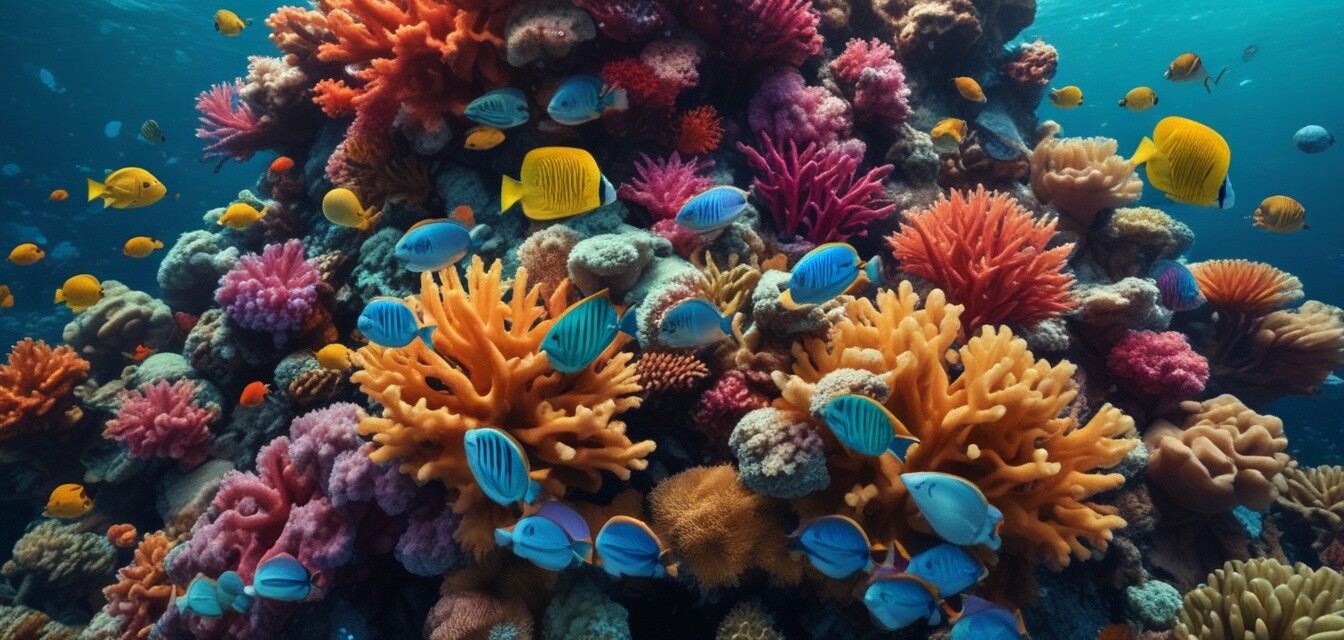
Capturing the Essence of Marine Ecosystems in Photography
- Understanding light and water conditions is crucial.
- Proper camera settings can enhance image quality.
- Composition techniques can help in showcasing marine life beautifully.
- Post-processing can elevate your underwater images significantly.
- Respect the marine ecosystem to ensure sustainability in photography.
Underwater photography is a unique art form that allows you to capture the mesmerizing beauty of marine ecosystems. Whether you're an amateur or a seasoned photographer, mastering the techniques of shooting in underwater environments can result in breathtaking images that not only highlight the colors and forms of marine life but also tell a story about the underwater world. In this article, we will explore essential techniques that will help you effectively showcase the beauty and complexity of marine ecosystems through photography.
Understanding your environment
Before you even turn on your camera, understanding your surroundings can significantly affect the outcome of your photos. Here are some key factors to consider:
| Factors | Tips |
|---|---|
| Water Clarity | Choose days with clear water for better visibility. |
| Light Conditions | Utilize natural sunlight; shoot during the golden hour for optimal lighting. |
| Depth of Water | Know how depth affects light absorption; colors fade with increasing depth. |
| Marine Life Behavior | Research the habits of marine creatures to capture them in action. |
Essential camera settings for underwater photography
Proper camera settings are essential for achieving high-quality underwater photos. Here are some recommended settings to get you started:
- ISO: Start with a lower ISO setting (100-200) to minimize noise.
- Aperture: Use a wider aperture (f/4 to f/8) to ensure more light reaches the sensor.
- Shutter Speed: A faster shutter speed will help freeze action and reduce motion blur.
- White Balance: Adjust the white balance to correct for the bluish tones of water.
Using lenses effectively
The choice of lens can greatly impact your underwater photography. Here are a few recommendations:
- Close-up lens: Great for capturing fine details of marine life.
- Wide-angle lens: Ideal for landscapes or when shooting with larger subjects.
- Fisheye lens: Perfect for creative shots that exaggerate perspective.
Composition techniques for impactful images
Composition plays a major role in how visually striking your photos will be. Consider these techniques:
- Rule of thirds: Divide your frame into three equal sections to place your subject off-center.
- Leading lines: Use natural lines, such as waves or rocks, to draw the viewer's eye.
- Framing: Look for natural frames, like coral formations, to highlight your subject.
The importance of post-processing
Post-processing can turn a good image into a great one. Here are a few suggestions for editing your images:
- Adjust contrast to make colors pop.
- Use Saturation adjustments to enhance colors.
- Crop the image to improve composition.
- Sharpen the image to enhance details.
Pros
- Stunning visuals that showcase marine ecosystems.
- Captures the behavior of marine life in their natural habitat.
- Enhances awareness of underwater conservation.
Cons
- Requires specialized equipment.
- Challenging conditions can lead to technical difficulties.
- Environmental concerns should be prioritized.
Respecting marine ecosystems
As underwater photographers, it's essential to promote sustainable practices. This includes:
- Avoid touching or disturbing marine life.
- Minimize waste and avoid littering underwater.
- Participate in conservation efforts to protect habitats.
Conclusion
Capturing the essence of marine ecosystems through photography is a rewarding endeavor. By understanding your environment, mastering camera settings, applying composition techniques, and respecting these delicate ecosystems, you can create breathtaking underwater images that inspire others. Make sure to keep practicing and experimenting with your techniques to elevate your underwater photography game further.
Explore more tips and techniques
For more expert insights into underwater photography, visit our Tips and Techniques category where you can find numerous articles geared towards enhancing your skills. From learning about photography gear like underwater cameras to understanding essential lenses for underwater photography, we have resources to help every photographer succeed in capturing marine beauty!

